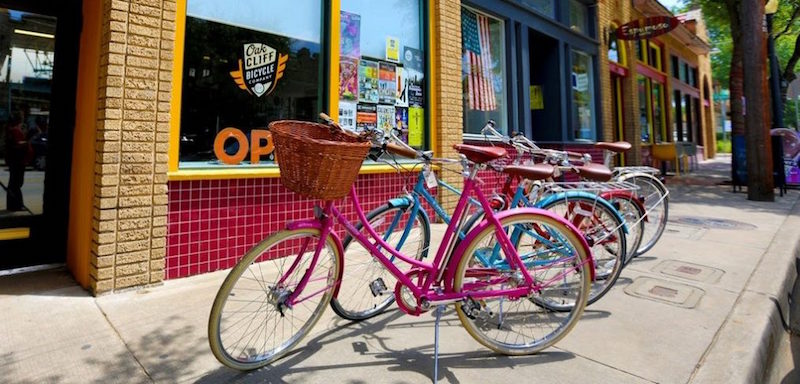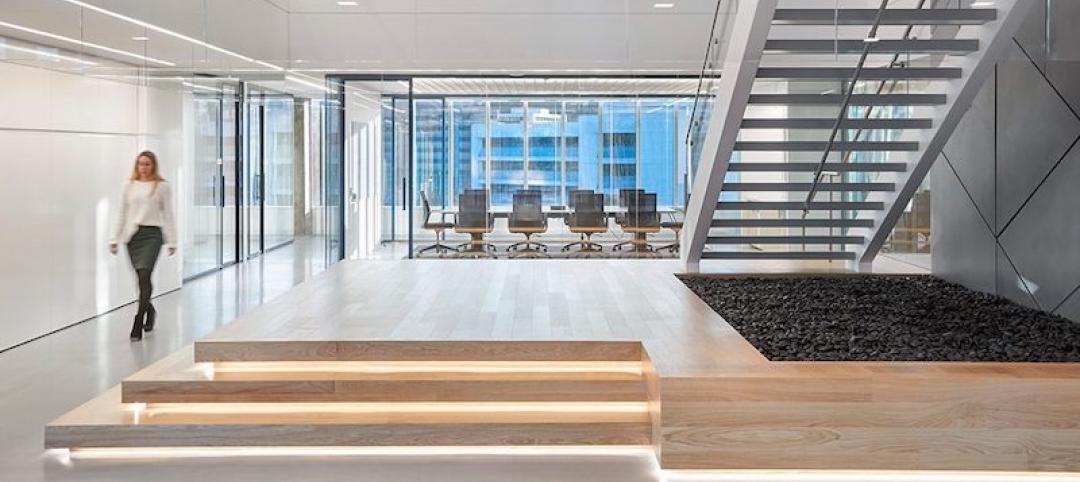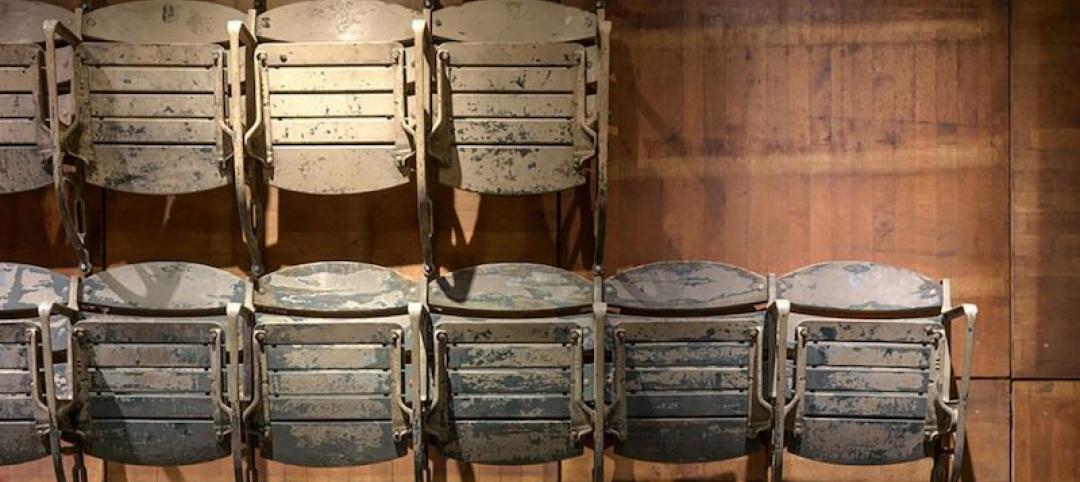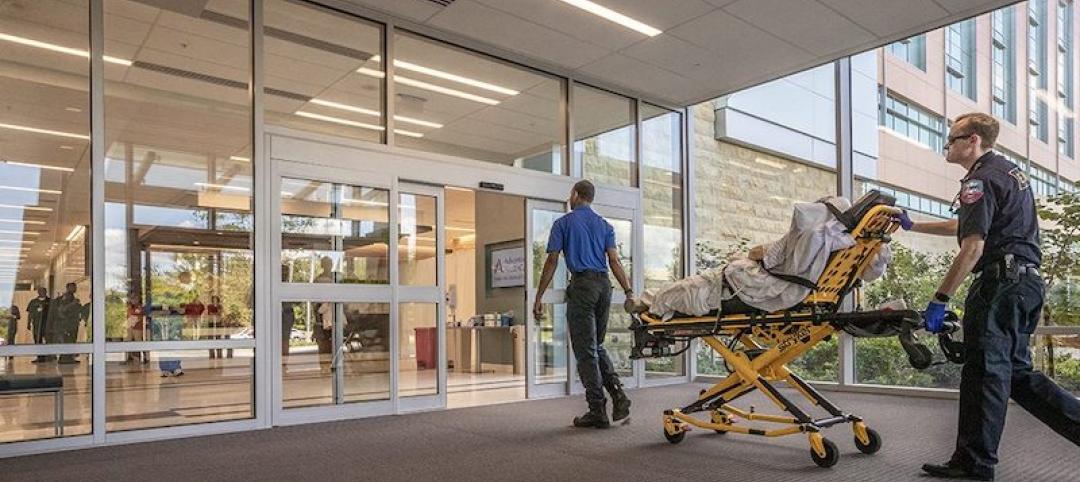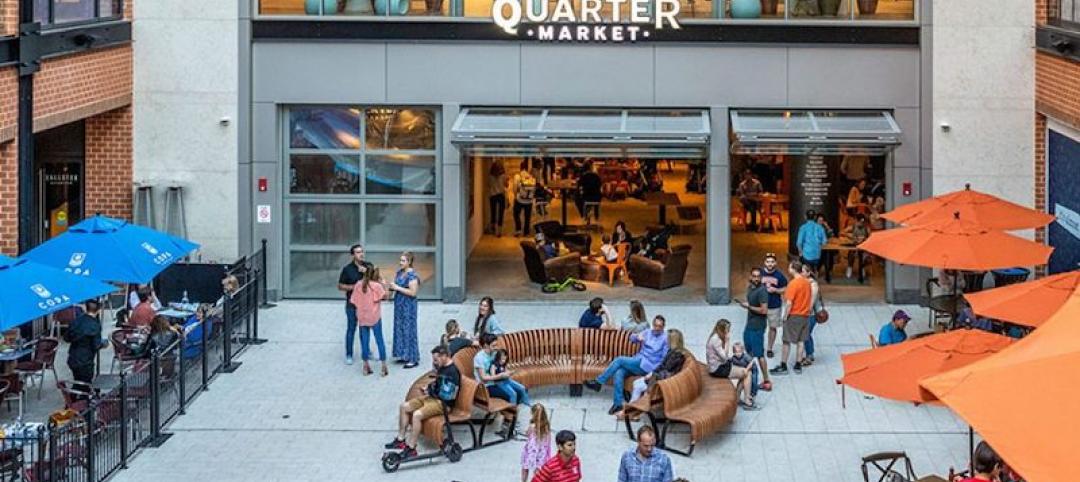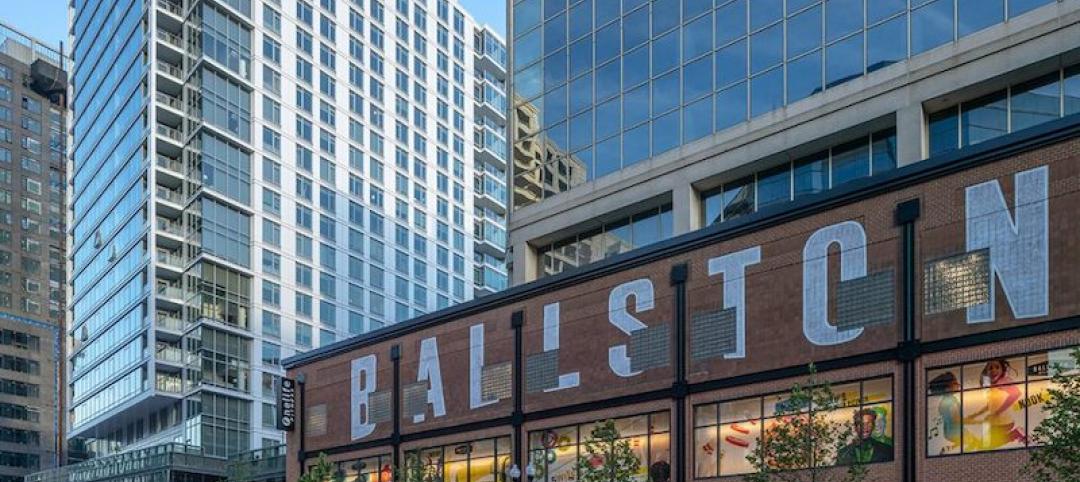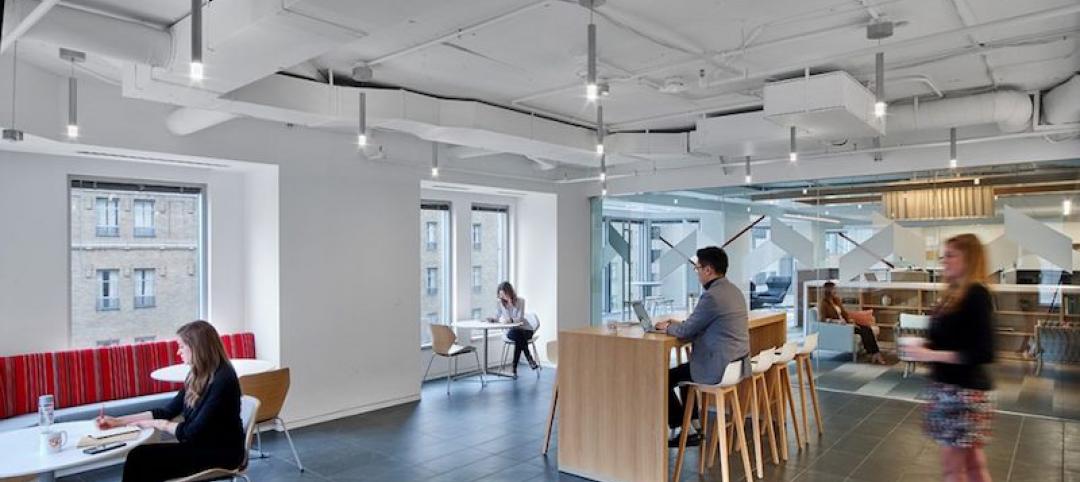As an urbanist, I strongly identify with Kahn’s description of streets as primarily a “PLACE.” More than a means of moving people, streets are the lifeblood of our communities. They are the venue where we as citizens collectively share our victories, grieve, and make our voices heard; they shape our culture and our history and provide a stage upon which life unfolds; they are arguably the most fundamental and powerful of public spaces.
While architecture plays a vital role in any great street, it is the place between the buildings where civic life truly thrives. More than any institution or skyline-busting edifice, well-used and vibrant streets are places for everyone to enjoy; places where people collectively coexist, find common interest and experience dynamic connection.
I took up residence in São Paulo and London before moving to Dallas, and I consider myself very fortunate to have always lived in walkable neighborhoods. To me, any city’s story is made up of the collection of experiences one has while strolling its streets. A great street engages the collective senses and is the primary entry point into understanding the makeup of a city, a district or a neighborhood.
In Dallas, as in many other American cities, it is rare to encounter streets that appropriately acknowledge all its users. American streets are predominantly designed and built for the sole purpose of moving cars rather than for people to linger and interact. Transit efficiency comes at the expense of civic life. But our streets are capable of so much more: alongside access to necessary goods and services, streets can provide comfort, social interaction and community engagement, fulfilling a vital role in animating both the social and economic life of a community.
The street as conduit, meeting place and center of commerce and civic expression has historical roots that go back centuries. Now, accommodating each of these uses as well as multi-modal transit (buses, automobiles, cyclists and pedestrians) continues to be a challenge for most urban areas, but certainly one worth tackling. If we take the view that streets are the primary network that link a city’s best assets—key destinations, conveniences and experiences—then it is worthwhile to consider historic examples that, for one reason or another, were spared the wrecking ball, the street widening or the parking expansions of post-war America.
Bishop Arts District in Dallas is one such area: an oasis of vibrant streets that stands as a bold contrast to surrounding areas primarily designed for automobiles and parking. As a transplant from more walkable cities, I immediately recognized Bishop Arts District as a special place. Located in the heart of North Oak Cliff and spanning only four city blocks, Bishop Arts is a true destination offering more than 60 independent boutiques, restaurants, bars, coffee shops and art galleries into an area roughly the size of a big box retailer’s parking lot. Residents gravitate to this district, and for good reason.
The area originated as a commercial center serving a trolley stop in the early 1900s and was Dallas’ busiest trolley stop by the 1930s. When streetcars quit running in the mid-1950s, the buildings were, quite ironically, saved by neglect. The neighborhood’s “inconvenient” location in the middle of Oak Cliff, disconnected from highways, was simply overlooked and fell into disrepair. In the late 1980s, the area was acquired for next to nothing, and in the decade that followed, forty soulful vintage brick buildings were slowly restored and began to breathe new life into the neighborhood. Today, the shops and restaurants reflect a bespoke, one-of-a-kind approach to retail that reinforces the authenticity of the place, creating a close-knit community of entrepreneurs and proud Oak Cliff residents.
Central to the district’s charm and success are its streets. Here, the streets are compact, which encourages people to stop and experience the textures, sights, smells, and sounds of the city. Traveling at four miles per hour versus 40 presents the opportunity to truly connect with our physical surroundings and our fellow citizens. Consequentially, the streets are destinations in their own right; some of the district’s best features are made possible by the streets and sidewalks that invite people to connect, encouraging a more compassionate and empathetic community defined by a unique culture and character.
Perhaps most vital to urban planning, it is here on the street that we really see and understand the human scale. Accommodating activities as simple as window shopping, waiting in line for a hot piece of pie, sitting on a bench listening to live music or even doing nothing at all builds the foundation for what Kahn referred to as the “first institution of the city.” The streets tell our story.
More from Author
CallisonRTKL | Dec 20, 2021
Digital nomads are influencing design
As our spaces continue to adapt to our future needs, we’ll likely see more collaborative, communal zones where people can relax, shop, and work.
CallisonRTKL | Jun 30, 2020
The great reset and our new work life
As many countries begin to return to the office, it’s a chance to ask ourselves: what do we truly value?
CallisonRTKL | May 4, 2020
How working from home is influencing design
The lessons learned in the next few months can help shape how we work and design in the future. For now, remote work is different – and our new normal.
CallisonRTKL | Feb 26, 2020
Sustainability in a material world
The concepts of embodied carbon, zero waste, and deconstruction and reuse often run on parallel tracks.
CallisonRTKL | Jan 30, 2020
The complex dance of healthcare transitioning
Hospital employees, though excited about technological advancements, are expected to navigate a new workplace and care for their patients at the same time, all while training on new equipment and navigating a new building.
CallisonRTKL | Jan 6, 2020
Retail re-invention: Five questions to ask
Why have some malls survived their long-predicted demise, thriving and bumping with new generations of shoppers, while others have been relegated to the ash heap of deadmalls.com?
CallisonRTKL | Aug 6, 2019
Saving the American mall in 5 steps
CallisonRTKL Vice President Marc Fairbrother explains how struggling American malls can turn it all around.
CallisonRTKL | May 29, 2019
Smart buildings can optimize wellness
Employees want wellness initiatives built into their work experience, especially when they’re in spaces that can leave them feeling stiff, stressed, and sick.
CallisonRTKL | Apr 5, 2019
2019 trends in the workplace
From retention and career advancement to the ethics of inclusion and diversity, these five trends will play a major role this year in design, strategic planning and workplace development.
CallisonRTKL | Jan 28, 2019
9 tech trends to track in 2019
Innovations in voice recognition, cognitive neuroscience, and biometrics are among the trending tech topics for 2019, according to CallisonRTKL's Kristin Tilley.

